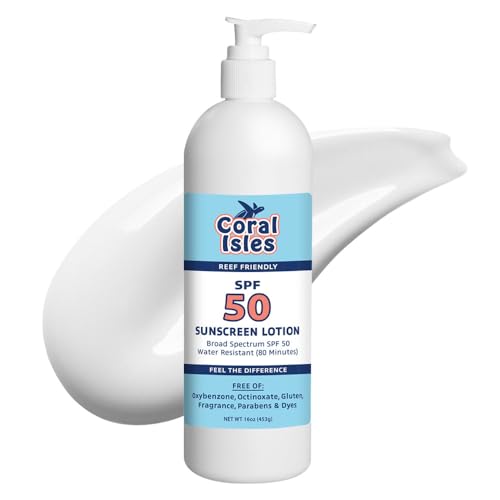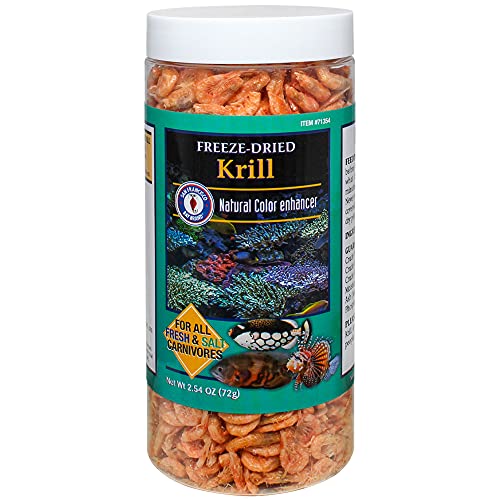IMO, seahorses can be affected by multiple pathogens, not just one. They can be transferred from ANY other fish not bred and raised in the same facility.
Because true captive bred are traditionally not exposed much to other pathogens, and, due to their susceptible problems with pathogens, they are much more prone to dying than if you were to use wild caught that have a much larger exposure to pathogens in their life span.
If you introduce pipefish from ORA with seahorses from ORA, then they would be expected to have similar exposures and thus not be a problem.
However, ORA is the only source of captive bred pipes in North America at the moment.
Most seahorse species live in cooler temperatures
That is incorrect. In fact, most seahorses available to the hobby are tropical and come naturally from warm water. The problem however is that in the wild, the bacteria is not captive and water is always changing.
In our tanks, the bacteria IS captive. Because seahorses are "messy" fish in that they don't eat all the food put in, and, they masticate the food when it's snicked in, passing a residue through the gills into the water, they provide excellent food source for the bacteria.
Bacteria multiply exponentially with each rising degree temperature, especially above 74°F so that fact coupled with the nutrient availability means that we can be more successful keeping the seahorses at a cooler temperature than they would normally be found in.
A good range is between 68° and 74° but with due diligence paid to housekeeping chores, some hobbyists can be successful at 77 or 78°.
That doesn't mean there are no seahorses successfully kept at higher temperatures, only that the odds of success are slim.




































































